Forecast for the car market is coming true: Tatarstan residents switching to Lada
The share of Chinese brands in the Russian car market is gradually declining, but they still account for more than half of it
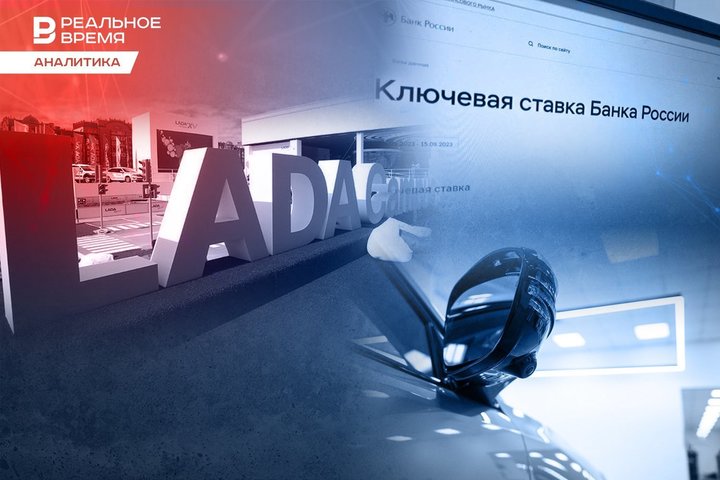
In the first half of 2025, the Russian car market fell by 27%. In Tatarstan, the decline was even more significant — around 30%, and the share of Chinese brands is lower than across Russia as a whole. At the top of the model ranking are Lada vehicles — Lada Granta and Lada Vesta. According to the Russian Ministry of Industry and Trade, sales of domestic cars are falling slightly more slowly than those of foreign ones. What awaits us by the end of 2025 — in the review by the analytical service of Realnoe Vremya.
High key interest rate has slowed down the car market
The Russian market for new passenger and light commercial vehicles is expected to see a significant decline in 2025. The downturn in Russia’s car market in the first half of the year reached 27% year-on-year, according to statistics from Avtomarketolog.
“531,733 passenger cars were sold, compared to 725,784 units over the same period last year. The volume of the new car market in June 2025 fell by 28% compared to the same period last year: from 124,658 to 90,198 vehicles,” commented the company’s general director, Tatyana Akimova.
Last year, the car market experienced rapid growth: in the first half of 2024, 79% more new cars were sold in Russia than in the first half of 2023. The share of Chinese brands increased from 43% in the first half of 2023 to 58.2% in 2024.
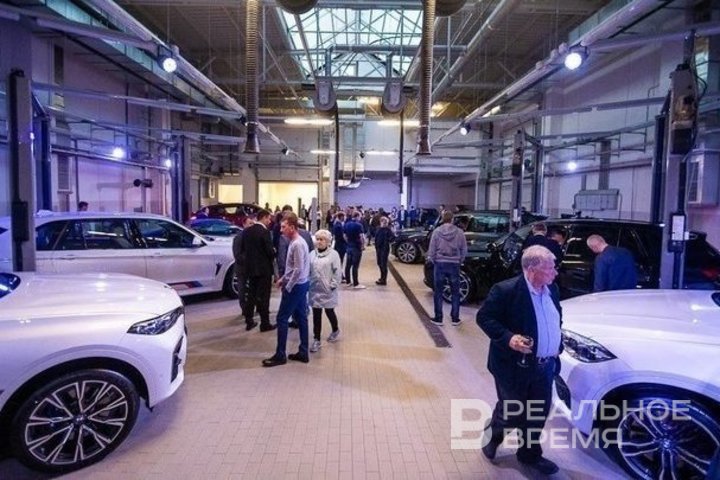
In the first half of 2025, the share of sales of Chinese-branded cars, according to Autostat, fell to 55%, while the share of Russian brands amounted to 34.6%. In the new car segment, crossovers and SUVs lead the way — with a share of 67.4%. The share of diesel-powered vehicles reached 95%, the share of plug-in hybrids was 2.4%, and the share of pure electric cars was just 0.8%.
Lada Granta, Lada Vesta and Haval Jolion — among the top sellers
At the top of the sales rankings for the first half of the year is Lada (with a share of over 29% of all registrations in Russia), notes Tatyana Akimova. The rest of the top 10, except for sixth and eighth place, is occupied by Chinese brands. Among them, Haval leads, having sold 64,043 vehicles in the first half of the year and increased its market share to 12%.
At the top of the model ranking are two Ladas: Lada Granta (68,392 vehicles sold, down from 97,133 last year), as well as Lada Vesta (sales fell from 62,623 to 42,916 units).
The leader among foreign brands and the best-selling Chinese car in Russia is the Haval Jolion. Sales of this crossover fell from 35,522 to 25,639 units between January and June this year compared to the same period last year.
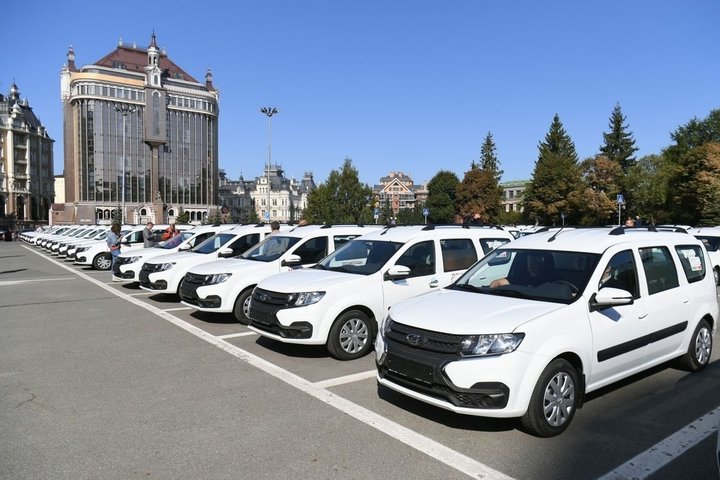
Tatarstan has declined even more sharply
In the Tatarstan market, 22,046 new passenger cars were sold in the first half of 2025, indicating an almost 30 percent decrease in registration figures compared to last year (31,337 units), Akimova emphasises.
The top five brands in the Tatarstan market for the first half of the year included Lada (8,818 vehicles), Chery (2,486), Changan (1,211), as well as Geely (1,121) and Solaris (733).
Top best-selling cars in Tatarstan in the first half of 2025
Place | Car model | Number of sold |
1 | Lada | 8818 |
2 | Chery | 2486 |
3 | Changan | 1211 |
4 | Geely | 1121 |
5 | Solaris | 733 |
Data from Avtomarketolog
More than half of Lada’s car sales were made up by the Lada Granta model (4,236 units), which retained its title as the best-selling car in the local market. Second place went to the Lada Vesta (1,921 units). Haval’s sales over the same period amounted to 1,164 units (the third highest result in the market). The top five were rounded out by the Chery Tiggo 7 Pro Max (884 units) and the Lada Niva Legend (793 vehicles), listed Tatyana Akimova.
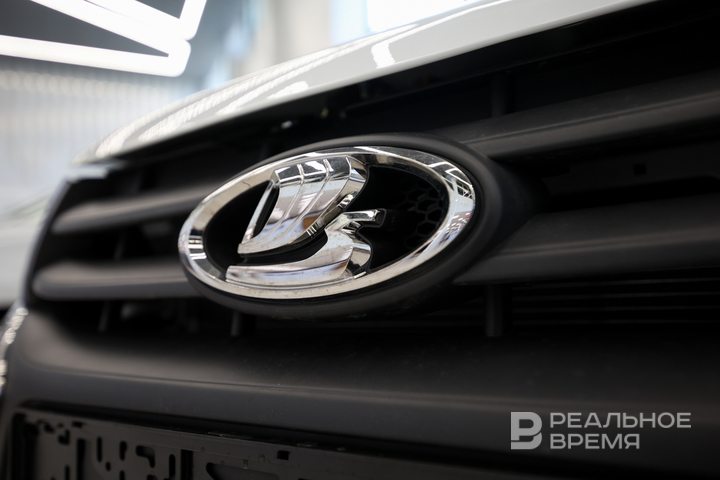
The share of Chinese brands in the new car market in Tatarstan for the first half of the year amounted to 47%. Russian-made vehicles accounted for almost 44%. Across Russia as a whole, Chinese-brand cars, according to data from Avtomarketolog, made up nearly 55%, which is significantly higher than the share of Russian brands — 35%.

Thus, instead of a market recovery, we are witnessing a rollback, and it is not a matter of growth but a significant contraction of the market. The reasons include high household debt, reduced availability of car loans, rising vehicle prices, and the weak impact of government support programmes. The situation is worsened by intensifying competition among Chinese brands, which does not lead to greater price affordability but instead increases pressure on dealer networks and sales channels.
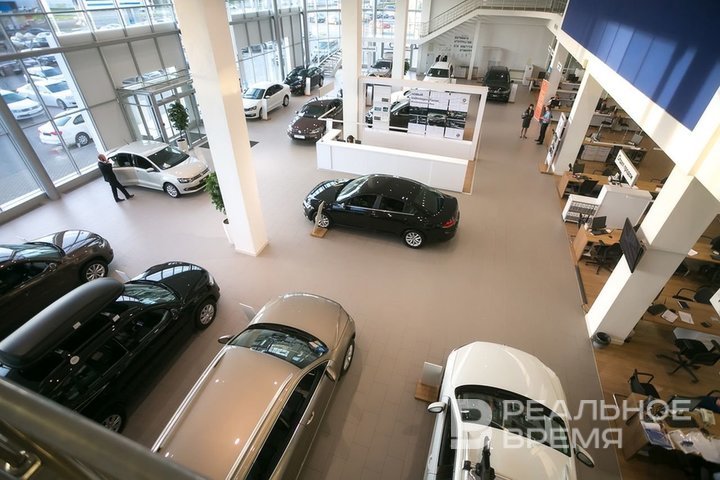
Buying a car without a loan has become virtually impossible
According to estimates by the Russian Association of Auto Dealers (ROAD), the decline in new car sales in 2025 will range from 23% to 32% compared to last year.
“If there are any positive changes in lending and, accordingly, in car leasing sales, then we will see a slight increase in sales in the second half of the year. In that case, the total could reach 1.3 million units,”forecasts the head of the ROAD association, Alexey Podshchekoldin.
With the average price of a new car around 3 million rubles, buying a vehicle without taking out a loan has become virtually impossible for the majority of the country's citizens. “There are unlikely to be many people who can simply pull out 3 million rubles and buy a car. Today, it is not possible to buy a vehicle on the income levels that we generally have across Russia in terms of wages,” said Podshchekoldin.
Without support for lending, the Russian car market risks ending 2025 with results close to the worst-case scenario.

Unfortunately, the market in Tatarstan is showing a greater negative trend, confirmed Khalilova: according to Autostat data, the overall new passenger car market for six months shows a decline of 27%, while the Tatarstan market shows a decline of 32%.
Today, the sales leaders at the KAN-Auto Group are the same brands that hold leading positions in the country — Haval, Chery, Changan, Geely.
Rita Khalilova disagrees with the claim that Chinese cars are starting to lose market share: “If we look at the statistics, the share of Russian cars is indeed growing. According to data from Avtomarketolog, based on vehicle registrations, the share of Russian cars in the first six months of 2025 is 35%, while in the same period last year it was 32%. However, Russian cars include brands such as Lada, Solaris, XCITE, Moskvich, UAZ, Evolut, and Aurus. Nevertheless, we believe the change in share is insignificant, so in response to the question, we do not consider that Chinese cars are losing market share.”
The key interest rate has a significant impact on car sales, and its reduction will certainly influence sales growth, Khalilova believes. “Speaking about the dynamics, sales in the second quarter of 2025 showed a 15% increase compared to the first quarter. We hope the market will gradually recover, but we do not expect significant growth in 2025,” she concluded.
The government is trying to support the domestic automotive industry
The rate of decline in sales of domestic models remains lower than that of foreign cars, the Ministry of Industry and Trade said in a press release.

AvtoVAZ has not yet provided information on sales for the first half of 2025, but the company’s products remain in steady demand across the country, and it likely remained the leader in sales among domestic car brands in the first half of 2025 despite the market situation, notes Baranov.
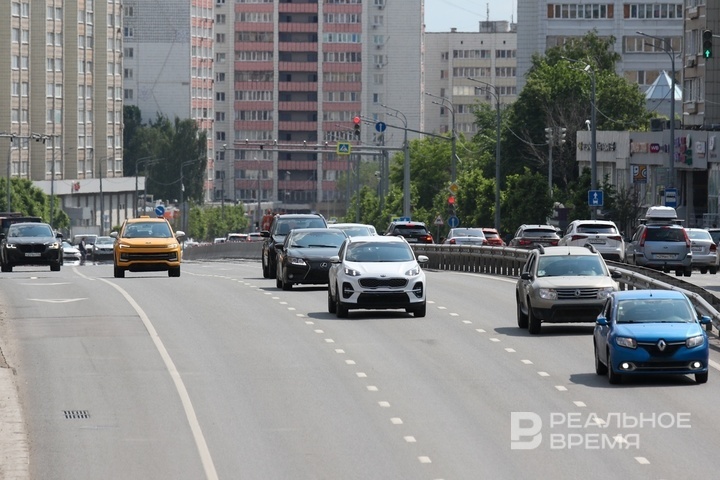
The government continues to support the domestic automotive industry: programmes to stimulate demand, such as Family Car and First Car, have been reinstated. The government also supports car manufacturing in other ways. For example, in spring, the head of the Ministry of Industry and Trade, Anton Alikhanov, said the department will roll out a comprehensive support package aimed at increasing the production of automotive components in the country. According to Alikhanov, out of 740 critical nomenclature items identified in 2022, around 330 have been covered by Russian suppliers, and this work is ongoing.
The government is also considering strengthening tariff protections for domestic component manufacturers, increasing the size of grants for reverse engineering, and providing enterprises with preferential loans and other support measures, the analyst reminds.
“The situation in the car market may change by the end of the year, and car sales could start to grow; however, the impact of the first half of the year cannot be dismissed, and it is likely that by the end of 2025, car sales will be 20–23% lower than in 2024,” the expert forecasts.